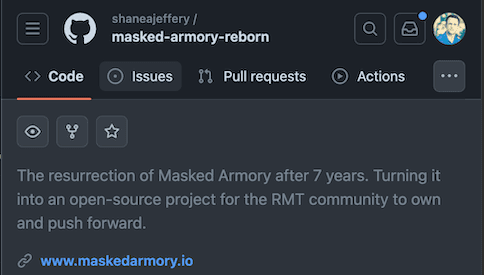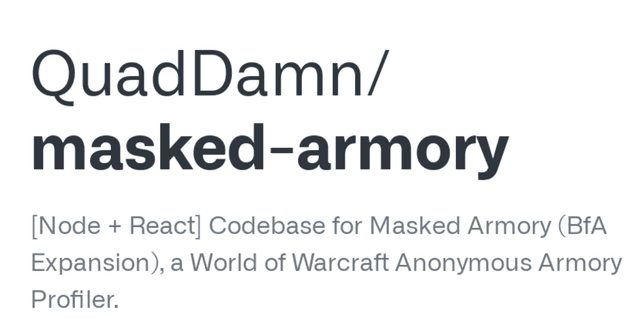Initiating the Project Journey
Embarking on a new project can be a daunting task, especially when venturing into uncharted territories. With a background rooted in web programming spanning two decades, my foray into Machine Learning (NLP specifically) and Large Language Models (LLMs) marks a significant shift in focus. While AI technology is not novel, its recent surge in popularity beckons exploration, driven by its potential to address pertinent challenges.
The catalyst for this endeavor stems from a longstanding manual task I encountered while managing KHAccounts.net. Crafting enticing sale listings was a extremely manual effort, a process ripe for automation. With Battle.net APIs now mature and computational resources more accessible, the prospect of leveraging ML (NLP) techniques to streamline this task is within reach.
Envisioning Application Functionality
In conceptualizing the application's input and output dynamics, a streamlined interface would facilitate the generation of sale templates tailored to individual character profiles. Through a user-friendly prompt system, users can specify output formats, character details, and server regions, culminating in comprehensive sale listings compatible with various RMT platforms (EpicNPC, OwnedCore, private sale websites).
Navigating the LLM Landscape
The crux of this project lies in understanding and harnessing Large Language Models effectively. Extensive research is warranted to determine the optimal approach, whether by building upon existing open-source frameworks or crafting a bespoke solution tailored to the task's nuances. Additionally, delineating rarity metrics based on in-game data is essential to ensure the relevance and utility of generated templates.
Technological Considerations
Python emerges as the language of choice for ML (NLP) and LLM-related endeavors, owing to its versatility and robust ecosystem of libraries. Complementing this, NextJS emerges as the frontrunner for frontend development, with its server components offering seamless integration with backend Python scripts, facilitating efficient computation and template generation.
Looking Ahead
In forthcoming segments, I aim to delve deeper into the intricacies of training the LLM, elucidating the research findings that underpin the project's trajectory, and outlining strategies for data dissemination to the frontend. Your continued engagement is invaluable as we navigate this captivating journey together.
Stay tuned!



